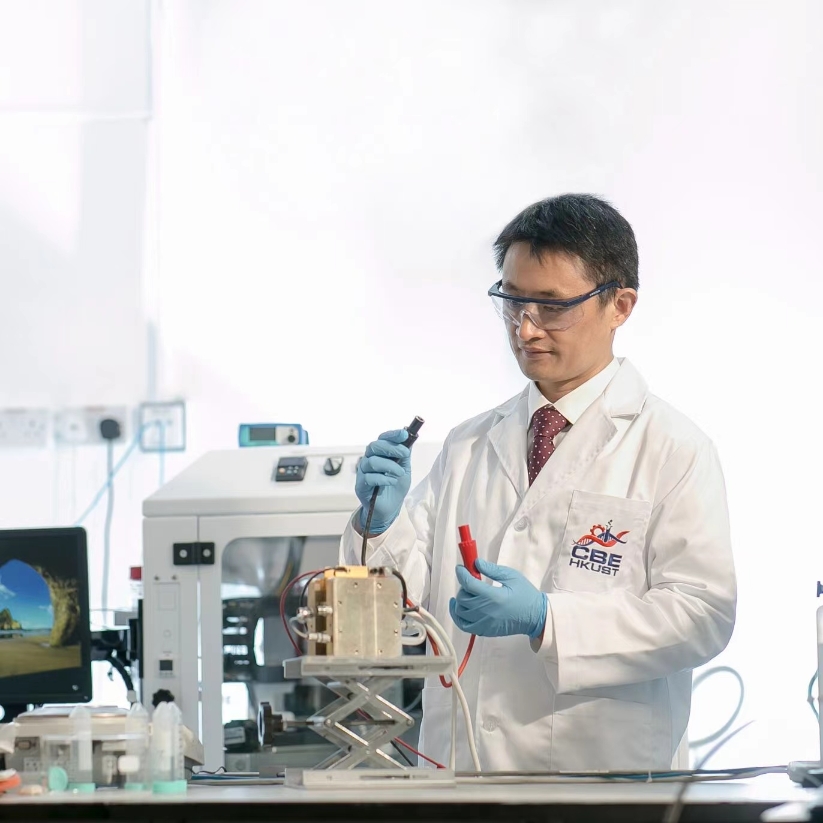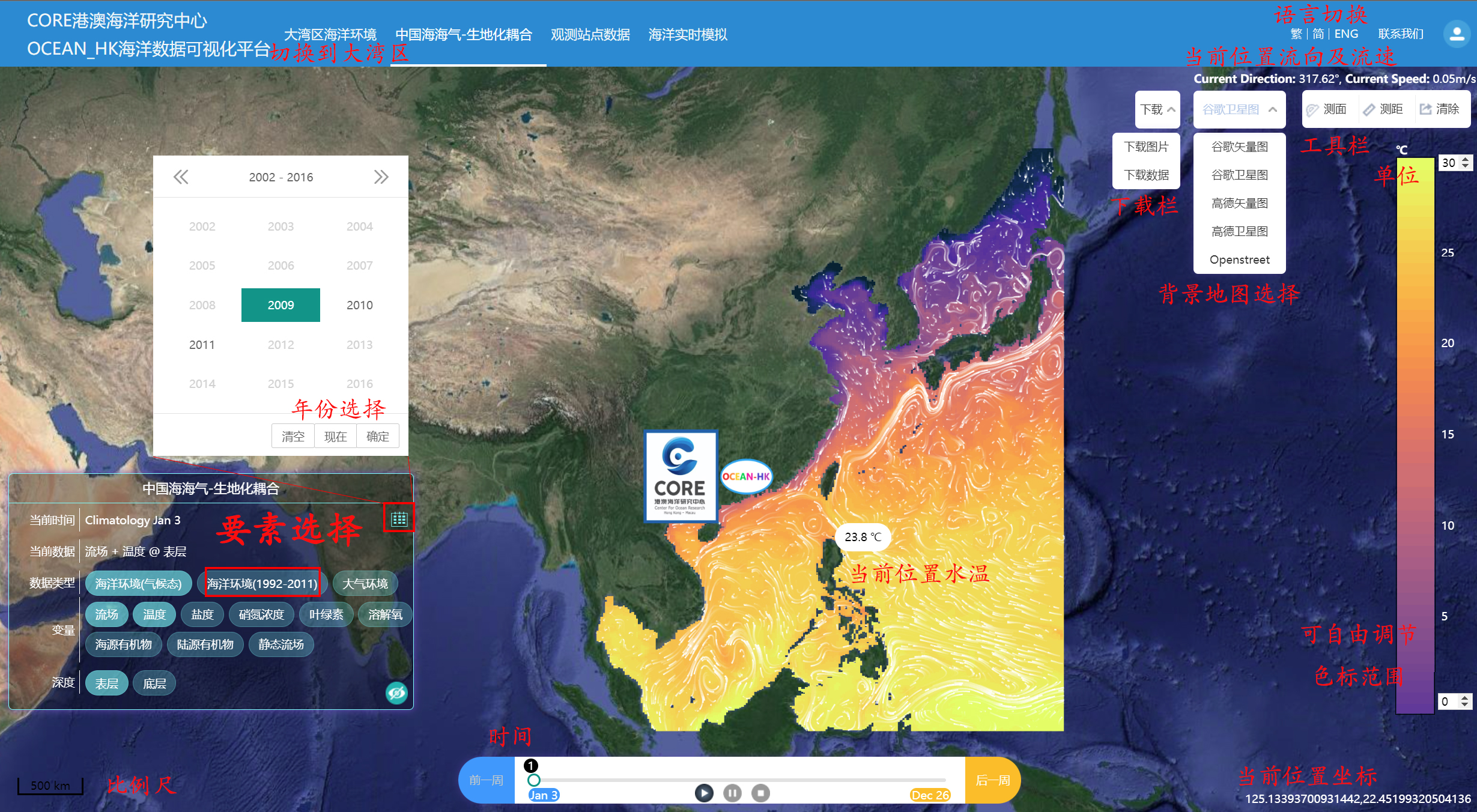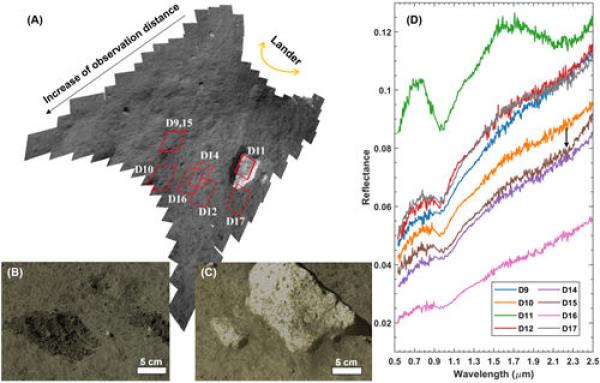Strengthen the science and technology "Zhilianlong", Guangzhou Supercomputing helps Hong Kong and Macao research team overcome major topics
Author:Guangzhou Daily Time:2022.08.19
With the "General Plan for the Deepening of the Guangdong -Hong Kong -Macao Comprehensive Cooperation of Guangdong, Hong Kong and Macao", the Guangzhou Supercomputing Center Nansha Branch has ushered in a new opportunity to strengthen the joint innovation of Guangdong, Hong Kong and Macao technology. Guangzhou City and Nansha District further increased their support. Relying on the Guangzhou Supercomputing Center Nansha Division Center to provide high -performance computing services to Hong Kong and Macao, it fills the gap in Hong Kong's leading level without computing. Important measures for large scientific research instruments.
As the service window of the Guangzhou Supercomputing Center to docking Hong Kong and Macau, the Nansha Branch of Guangzhou Supercomputing Center is the first online special line in the country to directly connect to Hong Kong. Currently, it has served more than 200 scientific research user teams in Hong Kong and Macao and overseas. When the number of resources exceeded 210 million, it helped the Hong Kong and Macau scientific research teams achieved fruitful scientific research results, and the strong practice of major scientific research facilities and large -scale scientific research instruments in the construction layout of the country in Guangdong and Macao in an orderly open country.
1. The number of services is large: more than 200 teams, more than 210 million nuclear
Since 2016, Huo Yingdong Research Institute of Hong Kong Science and Technology of Hong Kong, as the operating unit of the National Supercomputing Guangzhou Center Nansha Branch, has created a supercomputing service platform for big data collection, analysis, and services in China and Hong Kong. Development and results transformation provides data support.
The National Supercomputing Guangzhou Center Nansha Branch has become a model for sharing of large scientific devices in the Greater Bay Area. As of now, more than 200 Hong Kong and Macao and overseas scientific research teams have used the "Tianhe No. 2" through the Huo Yingdong Research Institute of Hong Kong Science and Technology of Hong Kong, and the total number of supercomputing resources used by the Hong Kong and Macao team exceeds 210 million appliances.
The "Outline of the Development Planning of the Guangdong -Hong Kong -Macao Greater Bay Area" proposes that "the major scientific research infrastructure and large -scale scientific research instruments of the construction layout of the country in Guangdong and Macao in Guangdong and Macao", and the vivid cases of cooperation are the powerful tasks of this key task. practice. Professor Gan Jianping of Hong Kong physics marine scholars once said that Hong Kong does not have such equipment such as super computers, and Guangzhou Supercomputing is used to use it to Hong Kong scientific researchers, so that they can do something "I wanted to do it before."
Second, the range of radiation is wide: assisted research team solves complex topics to achieve top technology
The National Supercomputing Guangzhou Center Nansha Branch provides high -performance computing services for Hong Kong and Macao, covering research areas such as material chemistry, biomedicine, construction machinery simulation computing, climate simulation and marine environment, financial computing, etc. The scope of services has continued to expand. Under the strong assistance of super computing resources, the Guangdong -Hong Kong -Macao Greater Bay Area science and technology joint innovation formed a fruitful fruit.
Professor Shao Minhua, the Department of Chemistry and Biological Engineering of the University of Science and Technology of Hong Kong, developed a new type of hydrogen fuel cell that greatly reduced the content of platinum (PT) in electrocatalysts by 80%, creating the world's most durable hydrogen fuel cell.

(Professor Shao Minhua holds hydrogen fuel cell prototypes)
Professor Gan Jianping, a Hong Kong physics marine scholar, relied on the strong computing power of the "Tianhe No. 2" super computer to develop the country's first interactive marine simulation system and visual platform "Wave Ocean", laying a solid foundation for the research of sea -related research.

(Wavyocean platform)
Professor Zhang Xin of the Hong Kong University of Science and Technology cooperated with the Hong Kong School of Physical Education to carry out advanced and systematic bicycle aerodynamic research with the help of Guangzhou Supercomputing Nansha Sub -Resources to carry out bicycle testing, bicycle athlete resistance test, low resistance bicycle service development, etc. Scientific research projects have strongly enhanced the competitiveness of contestants in international competitions. As a result, Li Huishi, a bicycle athlete in Hong Kong, therefore improved training efficiency and competition results, and won a valuable bronze medal in the Tokyo Olympic venue bicycle women's competition.
(News)
- END -
National Space Science Center of the Chinese Academy of Sciences: revealing Chang'e 5 landing point monthly soil mineral composition and space weathering

The reporter from the General Taiwan learned from the National Space Science Cente...
Named for the sound flow, it is a pure observation of him like Goethe.

More than 2,000 years ago, the Aegean Sea, Pythagras picked up stones to his follo...